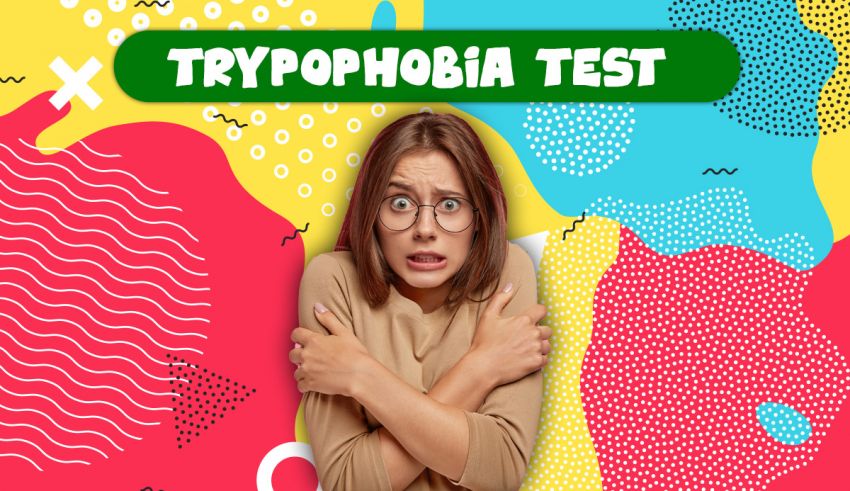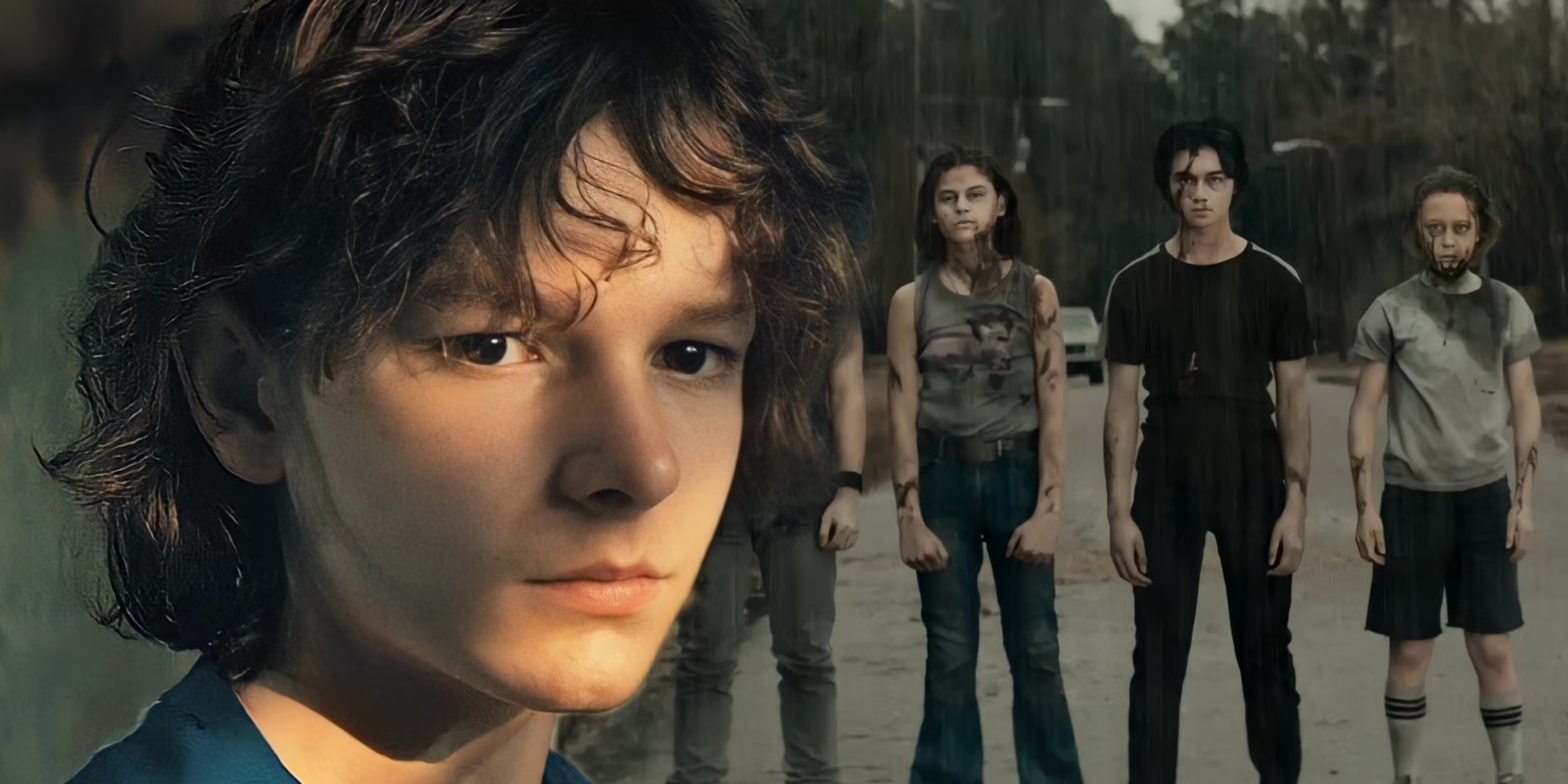You can find out if you have a fear of holes or patterns by taking the trypophobia test. For people who already have the illness, it is a 20-question quiz that they can take in safety. As a result, you can use it to gauge how severe your phobia is. To generate an accurate result, respond to 20 questions without feeling anxious.
This Is a Safe Trypophobia Test
Some pictures terrify and disgust those who are trypophobic. Because of this, there is nothing on the quiz on this page that might make you feel awful. A secure trypophobia questionnaire can be used to assess your condition without putting you in danger.
Of course, some inquiries are concerning general patterns and holes. They don’t, however, describe any specific form or image. So, you do not have to imagine things that you do not like.
Other online exams contain a collection of trypophobic images, making it nearly difficult for those who have this fear to take part. On QuizExpo, however, that is not the case.
It gauges how intensely you fear holes.
Finding out if you have the disease or phobia is not difficult. Your responses to patterns may show you that. It is challenging to gauge the strength of your emotions, though. This is where the trypophobia test on this page can help, as it determines how serious your problem is.
You should be aware of how awful things are so that you can seek expert assistance or develop coping mechanisms.
The most secure way to gauge your degree of anxiety is to respond to the following 20 questions.
Without a test, How to Tell If You Are Trypophobic
Some people might not want to take any quiz since they might feel repulsed by it. It’s okay, too. If you don’t want to, you are not obligated to do that. But there’s another 2-step process you can use to determine whether you have trypophobia. (See underneath.
Think of your worst memories as the first step.
I’ll start off by asking a straightforward query: “Have you ever had an odd sensation while viewing or observing a series of holes?” If so, how did it go? You should reflect on your emotions and thoughts when viewing the scene or image in question.
Analyze your symptoms in Step #2.
Record the precise feelings and bodily responses you had during that particular recollection. Typically, those who have this illness experience the following symptoms:
- Abhorrent disgust
- Fear
- Itching
- Goosebumps
- Crawling
- Sweating
- Nausea
- Anxiety attack
If you experience more than four of the aforementioned symptoms, you most likely have a phobia of holes.
But bear in mind that the results of the secure Trypophobia test are more trustworthy. So, if you’re still unsure of your health, take the quiz.
Facts to Consider Regarding the Trypophobia Test
It doesn’t adhere to the DSM-5.
Trypophobia is not classified as a true phobia—or an unreasonable fear—in the Diagnostic and Statistical Manual of Mental Disorders, Fifth Edition. This is because the sensation is one of intense revulsion rather than fear. As a result, neither the material nor the descriptions in the quiz on this page come from the DSM-5.
It doesn’t have anything upsetting in it.
During the test, you won’t see any trypophobic images. It is a question about memory. Therefore, all you need to do is reflect on your past experiences.
There is no diagnosis here.
You can only be diagnosed with this ailment by a qualified medical professional. Therefore, avoid mistaking the test results for the genuine diagnosis. The questionnaire’s goal is to help you determine how mild or severe your illness is.
If the emotions are strong, you ought to speak with a therapist or psychologist.
Trypophobia test results that indicate your fear is at a concerning level may indicate that you should speak with a professional. The most trustworthy choice in this case is a therapist or psychologist. That’s because irrational fear is frequently linked to other mental illnesses like GAD (General Anxiety Disorder).
I passed the exam. It Appears I’m Trypophobic. Then what?
Learning how to handle it is the next stage. There are numerous techniques that promise to help phobic persons. The top three scientifically proven techniques for reducing or eliminating a fear of holes are shown below.
Best Approach: Consult a therapist
Your best ally when it comes to unreasonable worries is a qualified individual. Finding the underlying reason of your issue through therapy does make it simpler to deal with. Data indicates that those with other mental conditions, such as severe sadness or anxiety, are more likely to experience such problems. However, a therapist might assist you in beginning CBT (or Cognitive Behavioral Therapy). The most reliable remedy for the anxiety of repeated patterns of clustered holes is this one.
The 5s Technique is the easiest method.
The 5s method is a well-known technique for managing panic attacks. Therefore, it is effective for people who experience extreme fight-or-flight reactions when exposed to patterns or gaps. It is recommended that you take five seconds to breathe. Hold your breath for five seconds after that. Finally, let out a 5-second exhale.
To maintain control whenever you feel panicky, follow these three steps. It is not a treatment, though, so keep that in mind. Therefore, if you feel that your anxiety is controlling your life, consult a qualified therapist and seek assistance.
The Best Strategy Is to Face Your Fears
The exposure strategy is one of the most divisive therapies for trypophobia. The theory behind it is that by facing your fear, it will eventually go gone. Of course, a professional should be in charge of overseeing the entire process. Some people, however, assert that they successfully self-diagnosed using the same technique.
However, it would be preferable if you took baby steps at first. According to psychologists, “thinking about holes and patter” should be the first step in the exposure process. The following stage can involve briefly viewing pictures of your phobia. The final stage might be to confront your phobia (e.g., touching a set of clustered holes).
Trypophobia Test: Is It Scientific?
No and yes. There isn’t a trypophobia test available that is 100 percent scientific. This is due to the fact that not enough research has been done on the subject. But the quiz you’re going to complete is based on research on how people with this illness respond to various stimuli.
Why does trypophobia occur?
Trypophobia’s root cause is unknown. However, the following theories are recommended by scientists.
First Theory: Evolutionary Motives
The notion that individuals are terrified of clustered holes for evolutionary reasons is one of the most common ones. The majority of deadly creatures have recognizable patterns to deter predators. The hypothesis is that some people experience fear when seeing such visuals, triggering a fight-or-flight reaction.
Studies on youngsters, however, reveal that the majority of them are not aware of these signs in nature. So many of them have no fear of animals with patterns. That lessens the reality and precision of the evolutionary trypophobic reaction theory.
Second theory: Inherence
Nearly 25% of trypophobic people have a family member who also has the disorder. Another hypothesis is that they inherit their fear.
Third theory: frequencies
According to Drs. Arnold Wilkins and Geoff Cole, the frequency and contrast are what cause people to feel disgusted when they observe clusters of holes. To determine a connection between the participants’ response and the stimuli, researchers studied individuals with a history of trypophobia.
The two doctors later discovered that the contrast and frequency of triggering images are comparable to those of images that evoke danger. They came to the conclusion that these patients’ brains associate the triggering visuals with actual frightening and hazardous events that might occur to them. And because of this, they find them intolerable and get panic attacks when around them.
Note: None of the aforementioned theories provide the foundation for the trypophobia test.
For more personality quizzes check this: Which Big Mouth Character Are You.





